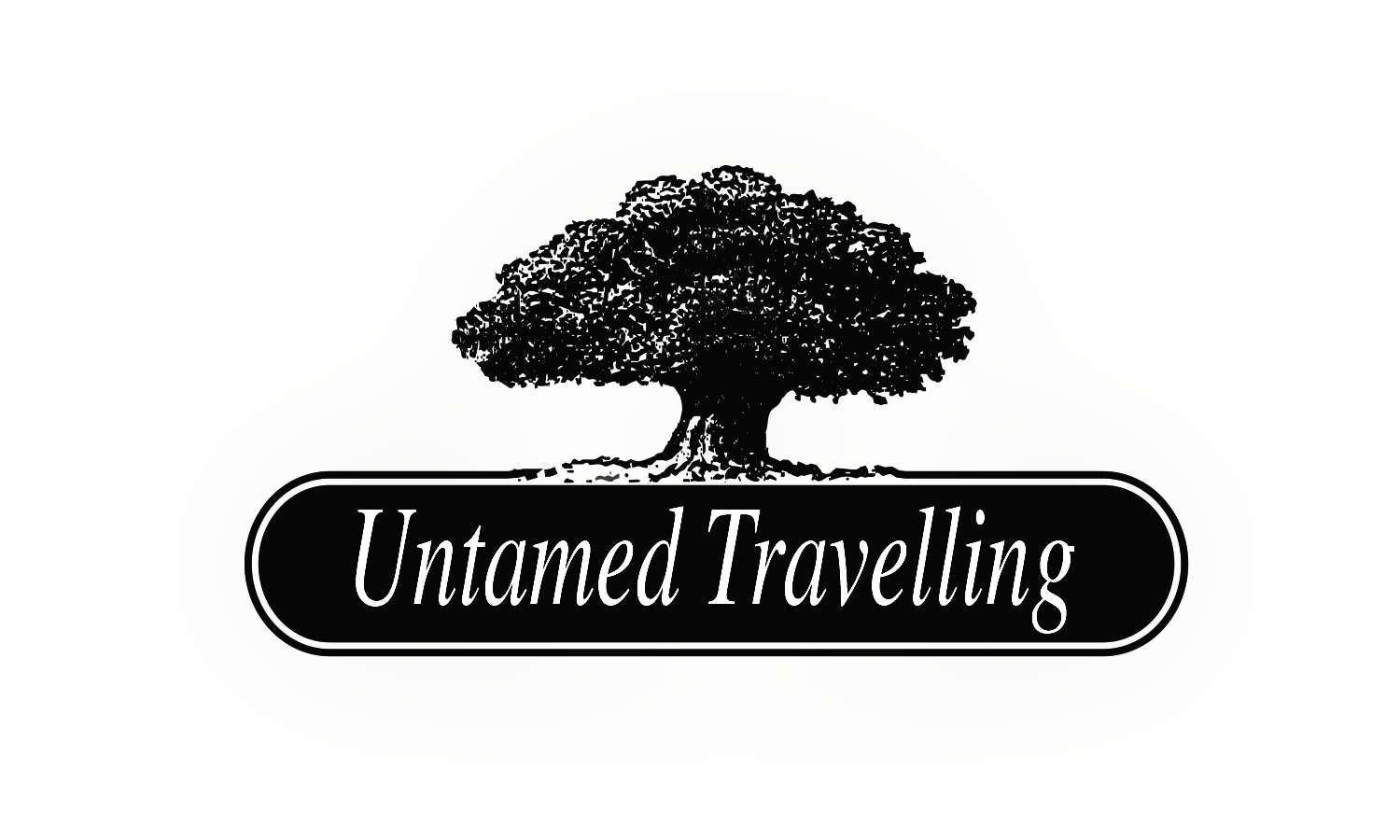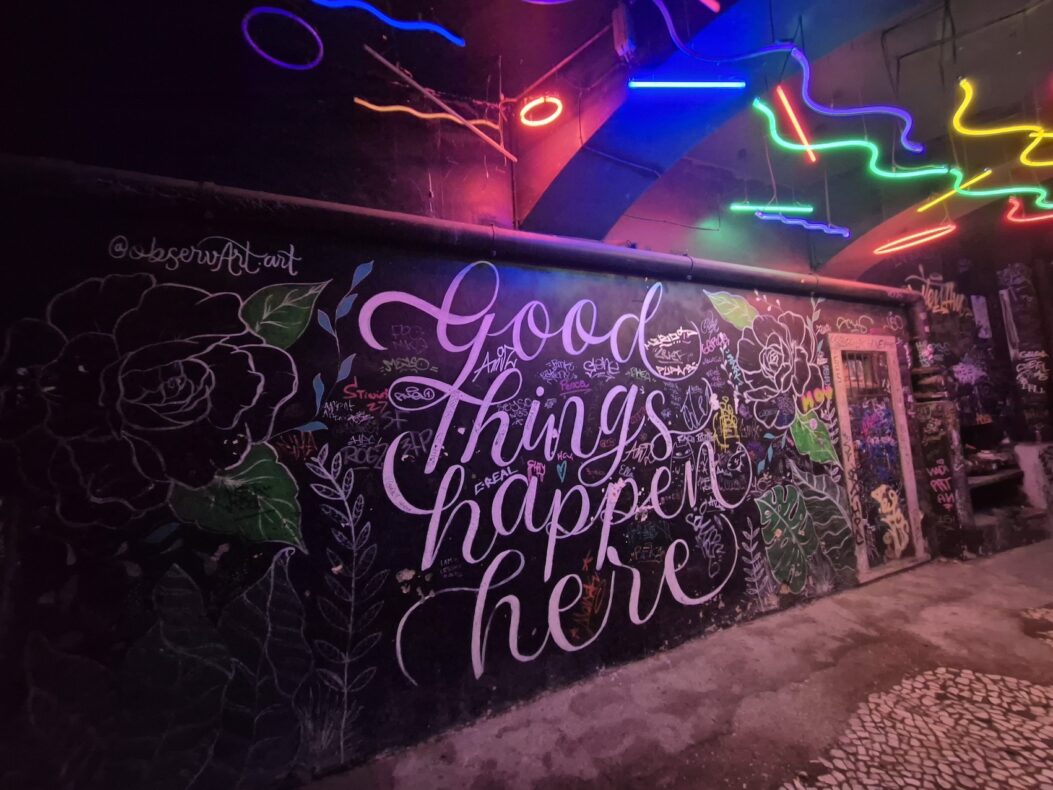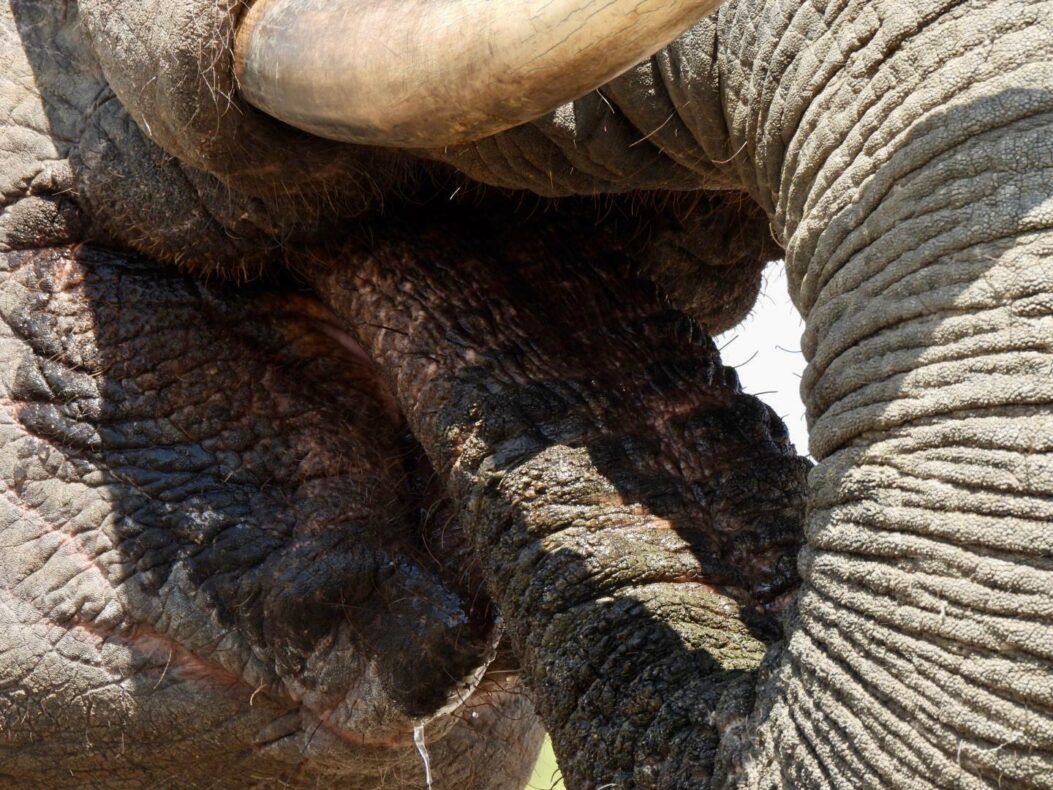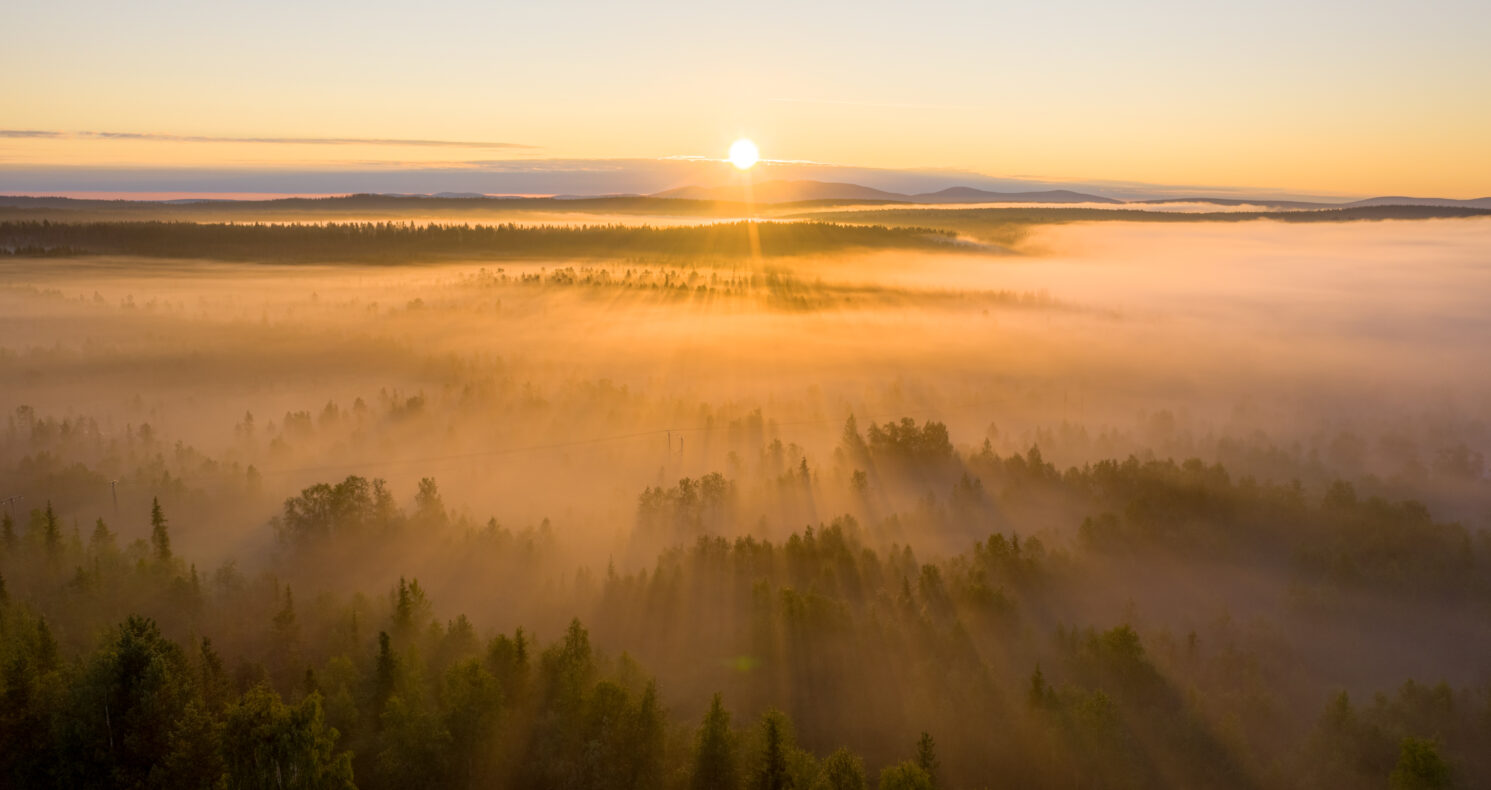On safari we look for the ‘times of the past’. To areas where time has not been a hold of nature, to dramatic valleys and untouched marshes and rivers. Are they still there? I’ve wanted to write this blog for a long time…
After all my travels on the African continent, the need for out-of-the-box travels becomes greater and greater, to enjoy a safari without dozens of vehicles around a troop of lions. I think it is necessary to stay in private concessions. The threat of poachers is also much better controlled in private concessions than in national parks.
What is a private concession?
Outside of South Africa and Etosha (Namibia), the national parks in Africa are not fenced. Animals follow their ancient migration routes. For them, it doesn’t matter if you’re in the park yes or no. Food and human activity are two important ingredients. Compare it to a province in the Netherlands where you will find some lodges (sometimes from the same organizations). You won’t find any other vehicles or travelers if you’re not staying at these lodges.
Benefits are silence, small amounts of vehicles as in the national parks, guides that guide you professionally, freedom (one is not bound by the rules of the national parks and there is the possibility to do night safaris and walk) and above all the diversity of animals. Botswana is not getting away from this either. Since a dozen years ago South African ‘self drivers’ have mapped all hotspots and trees, during the summer months you are surrounded by other vehicles when you encounter a pack of lions. Because of the crowds, this has consequences for the diversity of animals. Not only the ‘Big five’ but also cats such as caracal, serval, spotted African cat and a variety of antelopes including sabre and roan antelope, forest antelope and ibex…



Now my argument is certainly not that you can no longer see this in national parks, but sometimes I get the feeling that diversity in parks of Namibia, Botswana and Zimbabwe has diminished. I believe that the added value of private concessions is sufficient to stay in these lodges.
This trip I visited lodges in beautiful Namibia and Zimbabwe. All pearls, not only in terms of architecture and design but especially in the recovery of rare fauna and flora, a great added value for a good safari.


In Namibia…
Serra Cafema,located in the far north of Namibia, on the border with Angola. Beautiful experience on the Kunene River. The Gambos and Himbas remain far from the shore, in the desert, afraid of the many crocodiles. A green ribbon through a barren plain of one of the continent’s oldest rocks.
Hoanib Skeleton Coast Camp,located on the dry riverbed of the Hoanib River. It only flows once every 20 years. Here you will find desert elephant and lion but also projects with brown hyena, Cape fox and the extremely rare caracal, the African lynx.
Otjimbondona Lodge, a gem 85 km from Windhoek airport, perfect for the traveller who doesn’t want to be in Namibia’s capital. During my visit, the Kalahari was green. Seen along the way: cheetah, jackal, oryx, hartebeest (one of the fastest antelopes on the African continent, which kept walking for five minutes in front of our vehicle, great!), pofadder and a host of animals in the private wildlife park where the lodge is located.


In Zimbabwe…
My last part of the trip I stayed again in Hwange National Park,in a private concession located in the far south of the park 75 km from the maincamp, the gateway to the park. In Linkwasha Lodge,overlooking a vast area with waterhole and known for its many sabre-rattling and roan antelope, large herds of buffalo and elephants every night.


And in Little Makalolo,a good hour’s drive from Linkwasha; small, intimate with a rustic look and again accompanied by excellent guides and immediately koritrap and a family of eight ground hornbills.
I think there are plenty of reasons to think carefully about choosing the destination and lodges when you want to make the best safari of your life. To experience the times of then without a change in diversity and quantity of animals, as well as untouched flora.




Travel as I did to the desert and visit authentic Himbatribes in the far northwest of Namibia, including a sundowner on the banks of the Kunene River. Fly to the Hoanib River, a ribbon of ana trees and camel thorn in the desert. Visit Skeleton Coast with its sea lion colony of more than 20,000 animals, brown hyena, caracal and cape fox projects and observe the elephants that have adapted to the harsh conditions, not to mention a healthy lion population. Combine with Victoria Falls with a host of beautiful accommodations. Fly to Hwange National Park, one of southern Africa’s most beautiful wildlife parks. Stay in Linkwasha, Little Makalolo and Somalisa,located in private concessions in the far south of Hwange. No hunting blocks nearby (there are those in the north), unobstructed game drives and walking safaris with professional guides.
A Mecca for the real safari traveller! I can recommend it to anyone.















